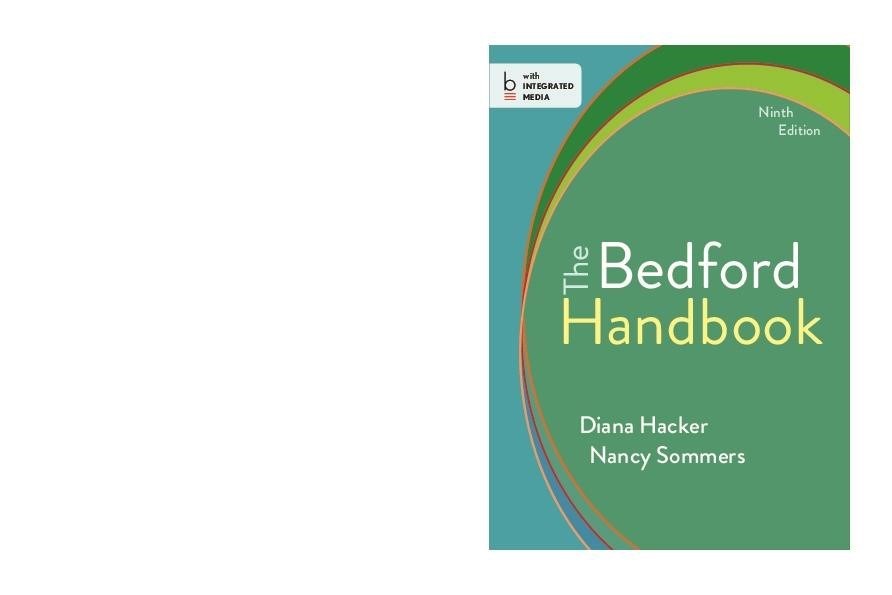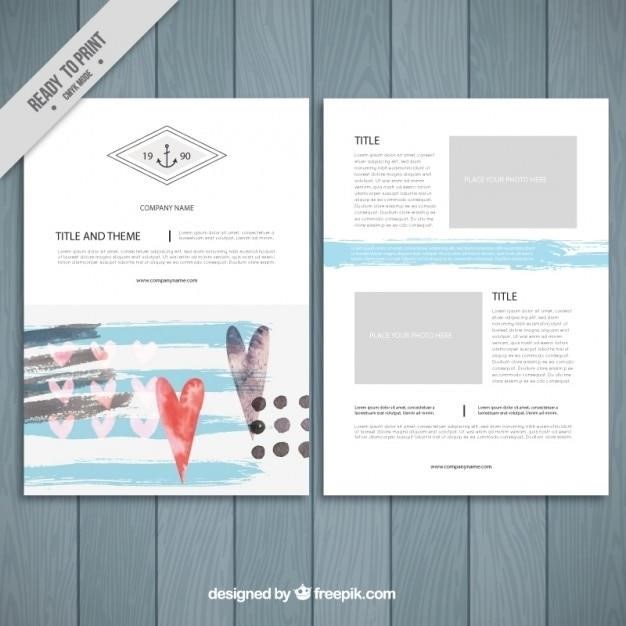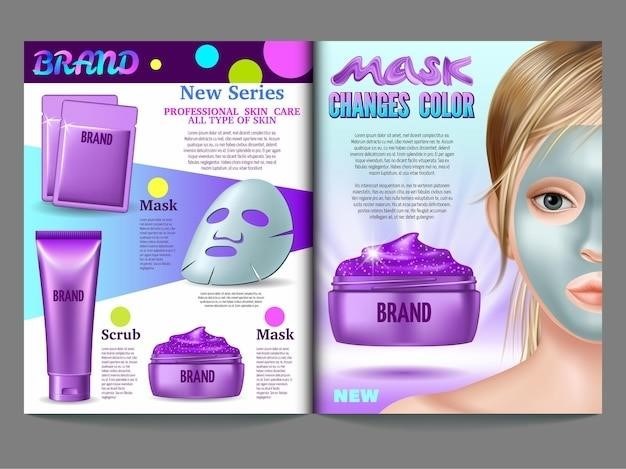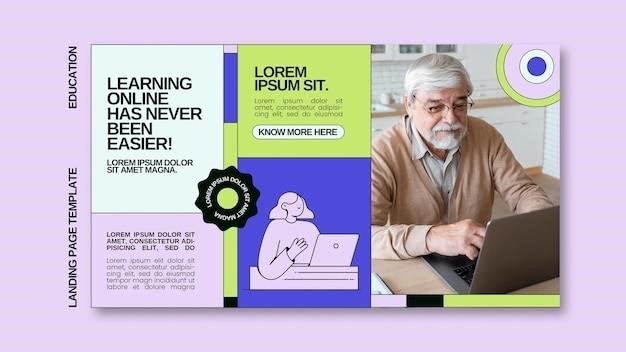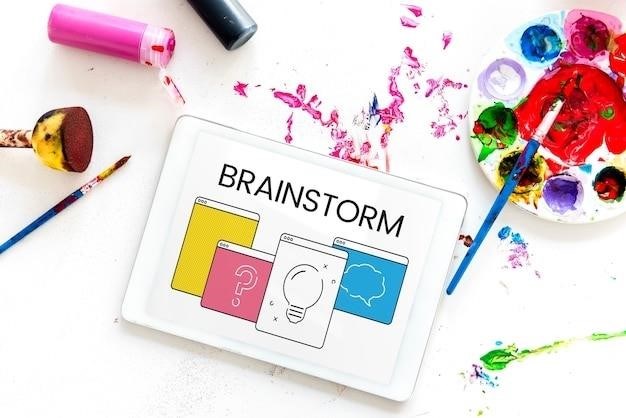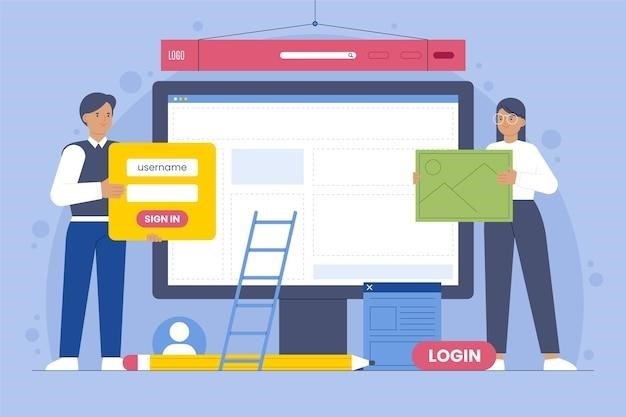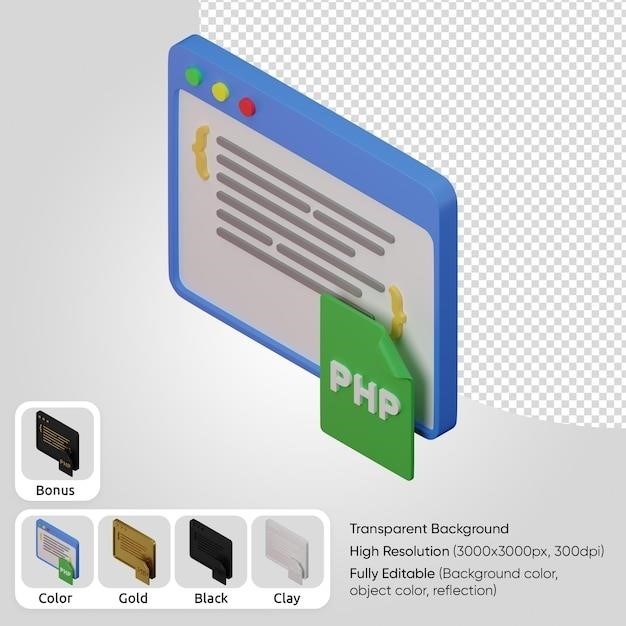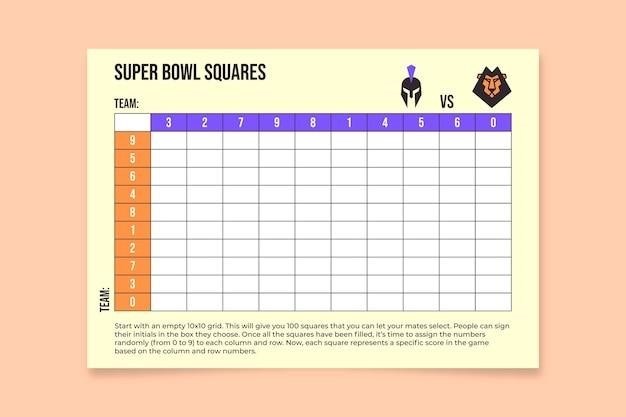Cracking the Coding Interview Book⁚ A Comprehensive Guide
This invaluable guide, “Cracking the Coding Interview,” offers 189 programming questions and solutions, equipping you with the skills to ace technical interviews. It covers a wide range of algorithms, data structures, and problem-solving techniques crucial for success. The book’s structure facilitates efficient learning and practice, making it a comprehensive resource for prospective software developers.
Overview of “Cracking the Coding Interview”
Gayle Laakmann McDowell’s “Cracking the Coding Interview” has become a staple for anyone aiming to land a software engineering role at top tech companies. This comprehensive guide isn’t just a collection of coding problems; it’s a structured approach to mastering the technical interview process. The book’s popularity stems from its realistic representation of interview challenges, ranging from fundamental concepts to complex algorithms. It provides a deep dive into data structures and algorithms, essential for tackling the types of problems frequently encountered in interviews. Beyond the technical aspects, the book emphasizes the importance of problem-solving strategies and effective communication during the interview. Many readers praise its clear explanations, practical examples, and focus on building a strong foundation in computer science fundamentals, ensuring thorough preparation for various interview scenarios.
The Book’s Content and Structure
The book is meticulously organized to guide readers through a progressive learning path. It begins with fundamental concepts, gradually increasing in complexity. Each chapter focuses on a specific topic, such as arrays and strings, linked lists, trees and graphs, sorting and searching, dynamic programming, and more. Within each chapter, multiple questions of varying difficulty levels are presented, allowing for incremental skill development. The structure isn’t just about presenting problems; it provides a systematic approach to problem-solving. The book encourages a step-by-step methodology, emphasizing the importance of understanding the problem’s core, devising a plan, implementing the solution, and testing thoroughly. This structured approach ensures readers not only learn to solve coding problems but also develop a robust problem-solving mindset crucial for success in any technical interview.
Types of Interview Questions Covered
“Cracking the Coding Interview” provides a diverse range of questions mirroring real-world technical interview scenarios. It goes beyond simple coding exercises, encompassing a spectrum of question types. Expect to encounter problems focusing on data structures and algorithms, requiring proficiency in manipulating arrays, linked lists, trees, graphs, and hash tables. The book also features questions testing your understanding of object-oriented programming principles, including class design, inheritance, and polymorphism. Furthermore, it delves into system design questions, challenging you to architect scalable and efficient systems. Behavioral questions, probing your problem-solving approach and teamwork skills, are also included, recognizing the importance of soft skills in the interview process. The breadth of question types ensures comprehensive preparation, covering various aspects assessed in technical interviews.
Algorithm and Data Structure Focus
A cornerstone of “Cracking the Coding Interview” is its strong emphasis on algorithms and data structures. The book doesn’t merely present algorithms; it meticulously explains their underlying principles and trade-offs. You’ll find in-depth coverage of fundamental algorithms like sorting (merge sort, quicksort), searching (binary search, breadth-first search), and graph traversal (depth-first search, Dijkstra’s algorithm). The book also explores advanced algorithms, equipping you to tackle complex problems encountered in real-world software development. Equally crucial is the detailed exploration of various data structures, from arrays and linked lists to trees, graphs, and hash tables. Understanding these structures and their suitability for different tasks is paramount in solving coding challenges efficiently. The book effectively connects theoretical concepts with practical application, making it an invaluable resource for mastering these core computer science principles vital for acing technical interviews.
Importance of Practice Problems
The effectiveness of “Cracking the Coding Interview” hinges significantly on its extensive collection of practice problems. These aren’t just theoretical exercises; they mirror the types of questions asked in actual technical interviews at leading tech companies. By working through these problems, you’ll not only reinforce your understanding of algorithms and data structures but also develop crucial problem-solving skills. The book emphasizes a structured approach to tackling these challenges, guiding you through the process of breaking down complex problems into smaller, manageable parts. Regular practice is key to building confidence and speed, crucial factors in timed interview settings. Moreover, the solutions provided aren’t just answers; they offer valuable insights into efficient coding techniques and optimal approaches, helping you learn from your mistakes and refine your problem-solving strategies. This iterative process of practice and learning is what truly sets this book apart.
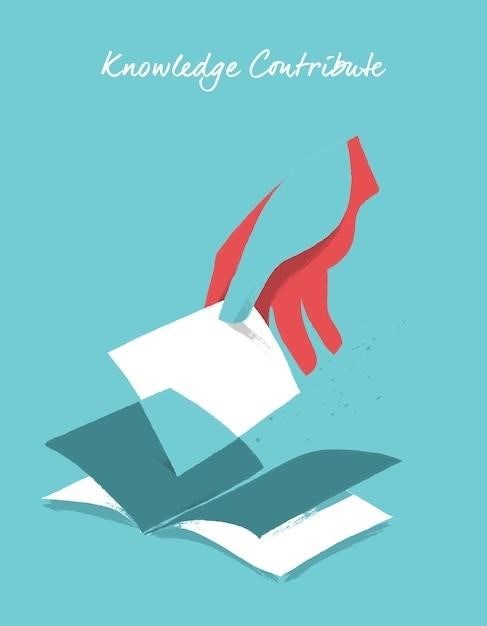
Accessing the PDF⁚ Legitimate and Illegitimate Means
Acquiring the “Cracking the Coding Interview” PDF requires careful consideration of legal and ethical implications. Purchasing the book directly supports the author and ensures access to the complete, updated content. Downloading illegal copies carries significant risks.
Legal Ways to Obtain the Book
Securing a legitimate copy of “Cracking the Coding Interview” is straightforward and supports the author’s work. Purchasing the book directly from reputable online retailers like Amazon or Barnes & Noble guarantees access to the latest edition, complete with all updated content and solutions. This ensures you receive the full benefit of Gayle Laakmann McDowell’s expertise. Additionally, checking your local library system for availability is an excellent option; many libraries stock popular technical books, offering a cost-effective method to access the resource. University bookstores often carry the book as well, potentially providing student discounts. These legitimate avenues not only provide access to the book but also ethically support the author and the ongoing development of valuable interview preparation resources. Remember, using legal methods ensures you aren’t compromising the integrity of the copyright and benefit from the most current and accurate information.
Risks of Downloading Illegal Copies
Downloading pirated copies of “Cracking the Coding Interview” carries significant risks. Firstly, illegally obtained PDFs may contain malware or viruses that can infect your computer system, potentially leading to data loss, system instability, or identity theft. Furthermore, the content itself might be incomplete, outdated, or riddled with errors, hindering your preparation and potentially jeopardizing your interview performance. Downloading pirated material is a violation of copyright law, exposing you to potential legal repercussions, including fines or lawsuits from the copyright holder. Beyond legal ramifications, supporting piracy undermines the author’s efforts and discourages the creation of future valuable resources. The financial support for authors is crucial for continuing to produce high-quality materials that benefit aspiring software engineers. Therefore, opting for legitimate acquisition methods ensures both your safety and your ethical commitment to intellectual property rights.

Preparing for Technical Interviews Beyond the Book
Supplement your “Cracking the Coding Interview” preparation with additional resources like LeetCode and HackerRank. Sharpen your soft skills; communication is key. Practice mock interviews to build confidence and refine your problem-solving approach.
Additional Resources and Practice Platforms
While “Cracking the Coding Interview” provides a strong foundation, supplementing your preparation with online resources is crucial. Platforms like LeetCode, HackerRank, and Codewars offer a vast collection of coding challenges categorized by difficulty and topic. These platforms allow you to practice specific algorithms and data structures, receive immediate feedback on your code, and compare your solutions with others. Utilizing these resources alongside the book enhances your understanding and builds your confidence. Furthermore, exploring online communities and forums dedicated to interview preparation can provide valuable insights and strategies from experienced professionals. Remember to focus on consistent practice; regular engagement with these platforms significantly improves your problem-solving skills and your ability to perform under pressure, mirroring the actual interview environment. Don’t underestimate the power of targeted practice—focus on areas where you feel less confident. Consistent effort and strategic use of these resources will boost your chances of success.
Importance of Soft Skills in Interviews
While technical proficiency is paramount, neglecting soft skills can significantly hinder your chances of success in a coding interview. Effective communication is key; clearly articulating your thought process, explaining your approach to problem-solving, and actively listening to the interviewer’s feedback are essential. Demonstrating enthusiasm, a positive attitude, and the ability to work collaboratively are also highly valued. Confidence, without arrogance, is crucial; believe in your abilities and showcase your knowledge effectively. The ability to handle pressure and remain calm under stress is vital, as coding interviews are often designed to assess your performance under pressure. Moreover, asking insightful questions demonstrates your curiosity and proactive engagement. Finally, professionalism and courtesy throughout the interview process leave a lasting positive impression. Mastering these soft skills, in addition to the technical expertise gained from “Cracking the Coding Interview,” creates a well-rounded profile that significantly increases your chances of landing your dream job.
Strategies for Success in Coding Interviews
Success in coding interviews hinges on a multifaceted approach extending beyond just technical knowledge. Thorough preparation using resources like “Cracking the Coding Interview” is crucial, ensuring familiarity with common algorithms and data structures. Practice coding problems regularly, focusing on efficiency and clarity. Develop a systematic approach to problem-solving, breaking down complex challenges into smaller, manageable parts. Before writing code, articulate your strategy to the interviewer, ensuring alignment on the approach. Write clean, well-documented code, prioritizing readability and maintainability. Test your code rigorously, identifying and addressing edge cases proactively. Time management is critical; allocate sufficient time for each problem while staying aware of the overall interview duration. During the interview, communicate your thought process clearly, explaining both your successes and any challenges encountered. Practice mock interviews to simulate the real environment and refine your performance. Finally, remember that every interview is a learning experience; analyze your performance to identify areas for improvement.


